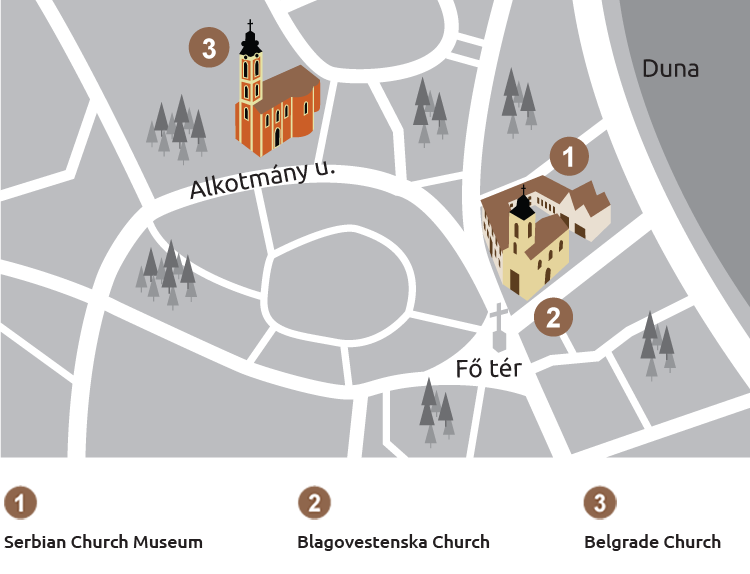About the Museum
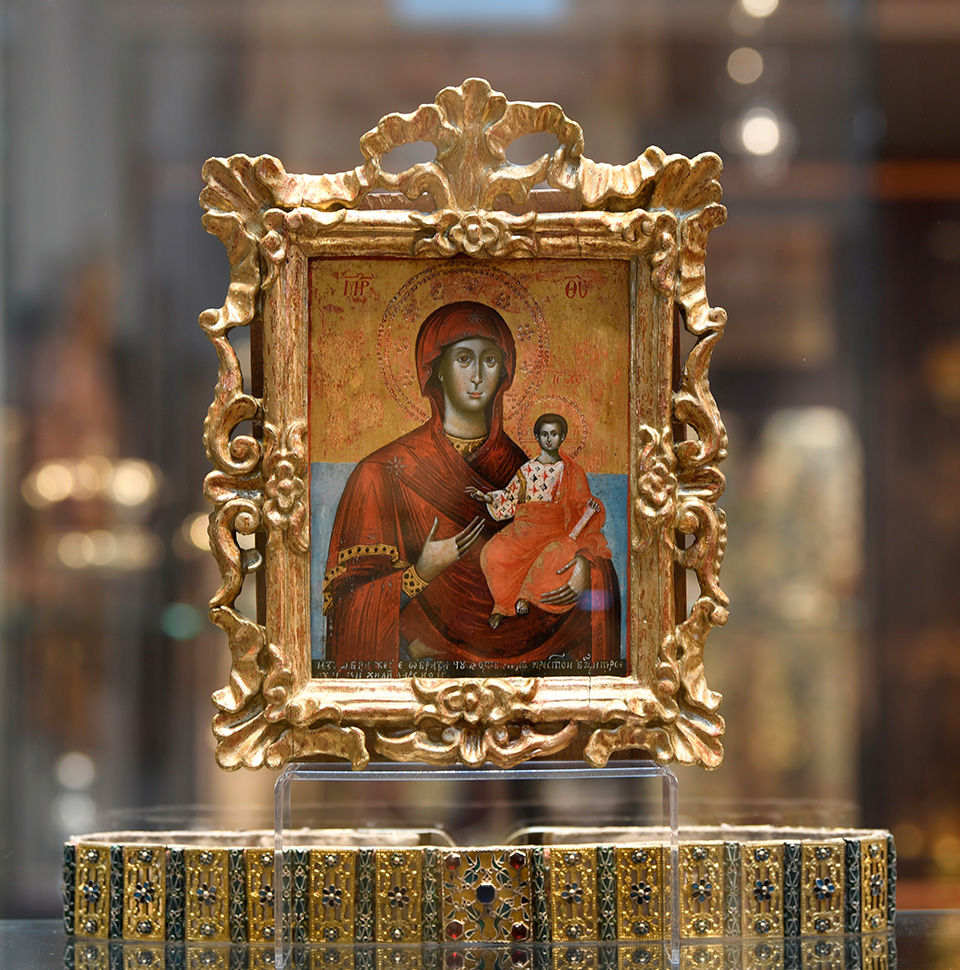
The Serbian Church Museum of Szentendre
The idea to create a museum for the Serbian Orthodox Eparchy of Buda goes back to the time of Bishop Georgije Zubković, with the collection of movable church property of considerable artistic value beginning in the third decade of the 20th century. However, the vision about the development of a museum became reality only during the year 1964, when the first permanent exhibition was opened within the complex of the episcopal courtyard in Szentendre, in the repurposed spaces of former offices and service rooms.
Once the Museum opened, systematic study of the heritage material of Serbian ecclesiastical art in Hungary would also start soon. The basic stock of the Museum was gradually expanded by the addition of valuable icons and various liturgical objects from Serbian churches across Hungary. Thanks to the Eparchy’s decision, in 1979, the Archives and Library of the Serbian Orthodox Eparchy of Buda were incorporated into the organisational structure of the Museum.
The Archives holds over 300 shelf metres of mostly 18th- and 19th-century material. At the same time, the Library is also significant – among others – on account of its stocks of outstanding historical value, such as the Szentendre Archaeographic Stock of Manuscripts dating from the 14th century onwards.
In 1997, following the arrangement of the museum interior to meet professional requirements, the Collection of Historical Objects was accommodated. The Collection would be enriched by valuable gifts and acquisitions over time. It was not before long, either, that the Parish Treasury was integrated into the Museum; in Pécs, the Regional Ecclesiastical Art Collection of the Eparchy of Buda was opened in 2015.
Chiefly by collecting icons and diverse liturgical objects, the Museum gradually earned its reputation as a highly respectable institution and, by virtue of the variety and number of the items held, it came to be established as Hungary’s largest repository of Orthodox church art heritage. As a result of amassing various specimens, besides the archival and library stocks, the Serbian Church Museum of Szentendre has become an indispensable institution for studying the past of the Serbs of Hungary and even of the broader Danube Region.
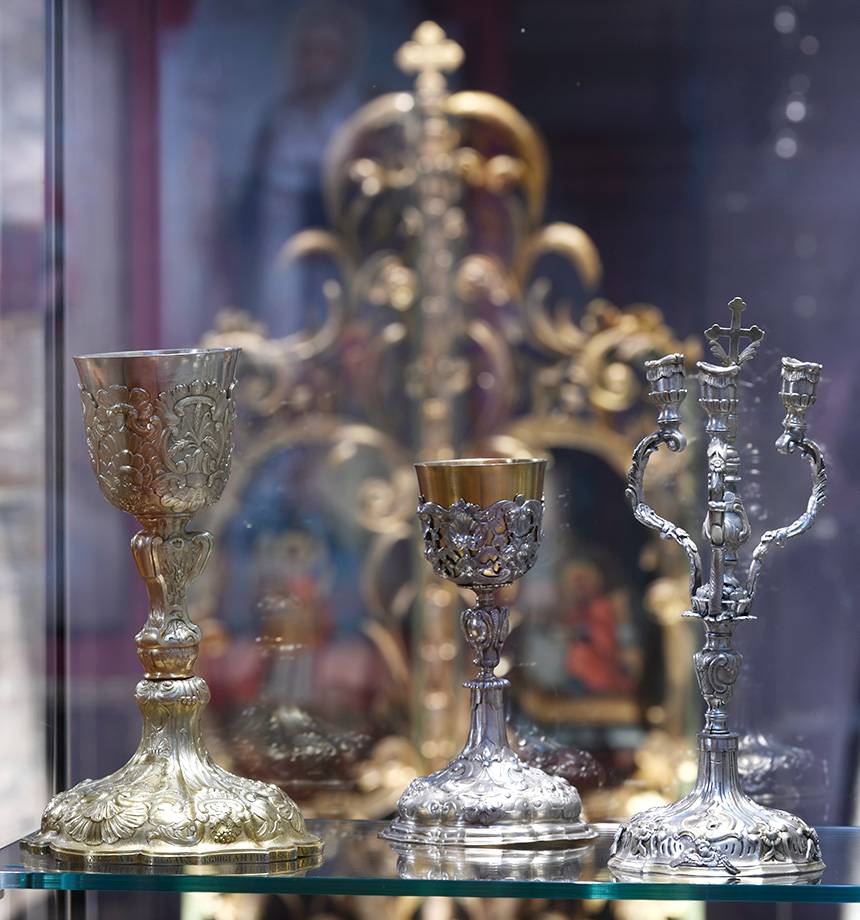
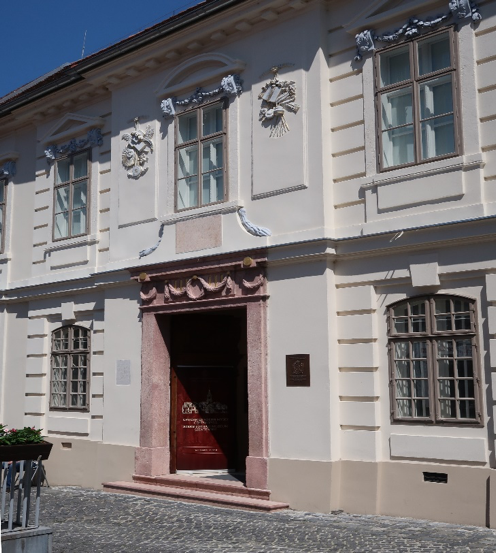
The Building of the Teacher Training Institute (Preparandija)
Since 2019, the Serbian Church Museum has been housed in the renovated building of the former Serbian Religious Education School, which – under the name Preparandija – once served as the first Serbian Teacher Training Institute as well. Teacher trainees were educated in this historic building from 1812 to 1816, when the school moved to Sombor (Zombor). The foundation of a teacher training institute for the Serbs in Szentendre was proposed by Uroš Nestorović, appointed Chief Inspector of all the Orthodox schools in the Hapsburg Empire in 1810. Nestorović believed that candidates should spend their school years in a place that excelled ‘by the culture and pious customs of its residents’ – attributes that aptly described Szentendre at the time. The Teacher Training Institute was designed to provide professional and moral training for school teachers in the spirit of the national and religious traditions of the Serbian people. Only applicants who were Austrian subjects, had a solid moral bearing, were physically healthy and had completed a school with a general training programme could be admitted to this institution.
All of its professors came from the ranks of the best educated Serbs and most prominent instructors of the period. The list of names selected in the first round included: Platon Atanacković, future Bishop of Buda and, subsequently, Metropolitan of Sremski Karlovci (Karlóca), as well as Dimitrije Isailović and Dimitrije Atanacković, teachers of the Grammar School of Sremski Karlovci. Joakim Vujić, founder of the Serbian theatre, also worked at the Teacher Training Institute for a while.
Platon Atanacković (Sombor, 1787 – Novi Sad (Újvidék), 1867), Bishop of Buda and Bačka/Bácska, later Metropolitan of Sremski Karlovci, is remembered as President of the cultural association Matica Srpska and as an important patron. At the beginning of his priestly ministry, he was appointed as school teacher in Sombor. Next, he became an instructor and teacher of religious education at the Teacher Training Institute of Szentendre. Contemporaneously with its relocation, he also resettled in Sombor in 1816. He authored and translated numerous theological, educational and scientific works. Still as a school teacher in Sombor, he compiled a pedagogical manuscript, while, during his stay in Szentendre, he published a study with the title ‘Excerpts from Slavonic Grammar’.
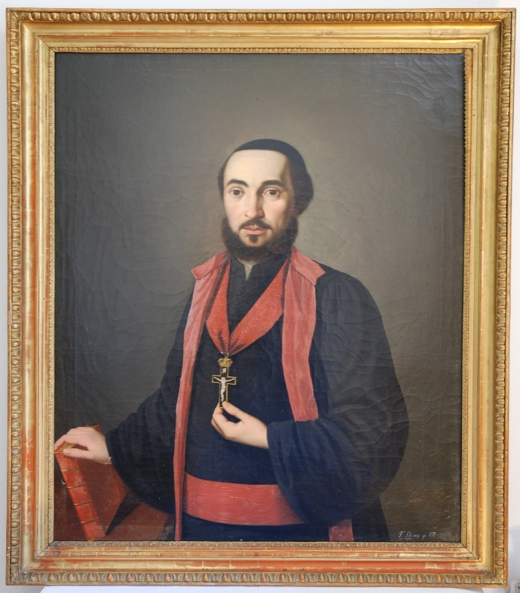
Platon Atanacković

